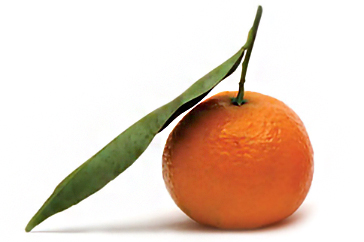The 2020 Peruvian mandarin season is coming to an end with positive results.
Estimates indicate that, up until September 15, mandarin exports totaled 173,751 tons in volume worth $215 million, resulting in a 29 percent increase in volume and 32 percent increase in value when compared to the same time period
the in 2019.
Aside from the increase in supply, the average price stood at $1.24 per kilogram, 2 percent higher than the previous year, a reported by Agraria.

Up until 2019, the Satsuma and Clementine varieties, which are exported from March to July, experienced a decreasing trend. While in 2020, the pandemic drove up citrus demand, reversing this trend.
During this campaign, early variety exports totaled 52,110 tons (an increase of 32 percent) worth $57 million (an increase of 37 percent). These varieties reached the lowest price of $1.03 per kilogram (12 percent less than the average and 4 percent more than in 2019) and were well received due to the lack of supply from the rest of the varieties.
The U.S. was the main destination for these mandarins, receiving 16,415 tons (an increase of 50 percent) worth $20 million (an increased of 49 percent), followed by the UK with 15,112 tons (an increase of 39 percent) worth $15 million (an increase of 37 percent), and the Netherlands with 7,243 tons (an increase of 33 percent) worth $20 million (an increase of 47 percent).
The growth in demand also drove the hybrid variety exports, such as Murcott, Nadorcott, and Malvaceo, which are all exported from June to September.
Exports for these varieties totaled 121,642 (an increase of 28 percent) worth $158 million (an increase of 30 percent). The price on these varieties stands at $1.30 per kilogram (5 percent more than the average and 2 percent more than in 2019) making them the best paid in the world market.
The U.S. was also the main destination for the hybrid varieties having received 63,862 tons (an increase of 41 percent) worth $85 million (an increase of 41 percent), followed by the UK with 13,016 tons worth $18 million (similar figured to 2019), and China with 11,556 tons (an increase of 26 percent) worth $13 million (an increase of 27 percent).
Exports of processed mandarins also grew, totaling 6,363 tons (an increase of 82 percent) worth $13 million (an increase of 135 percent). The price per kilogram increased 29 percent compared to 2019, reaching $2.05. The main destination was again the U.S. having received 73 percent of exports and Germany with 16 percent.



